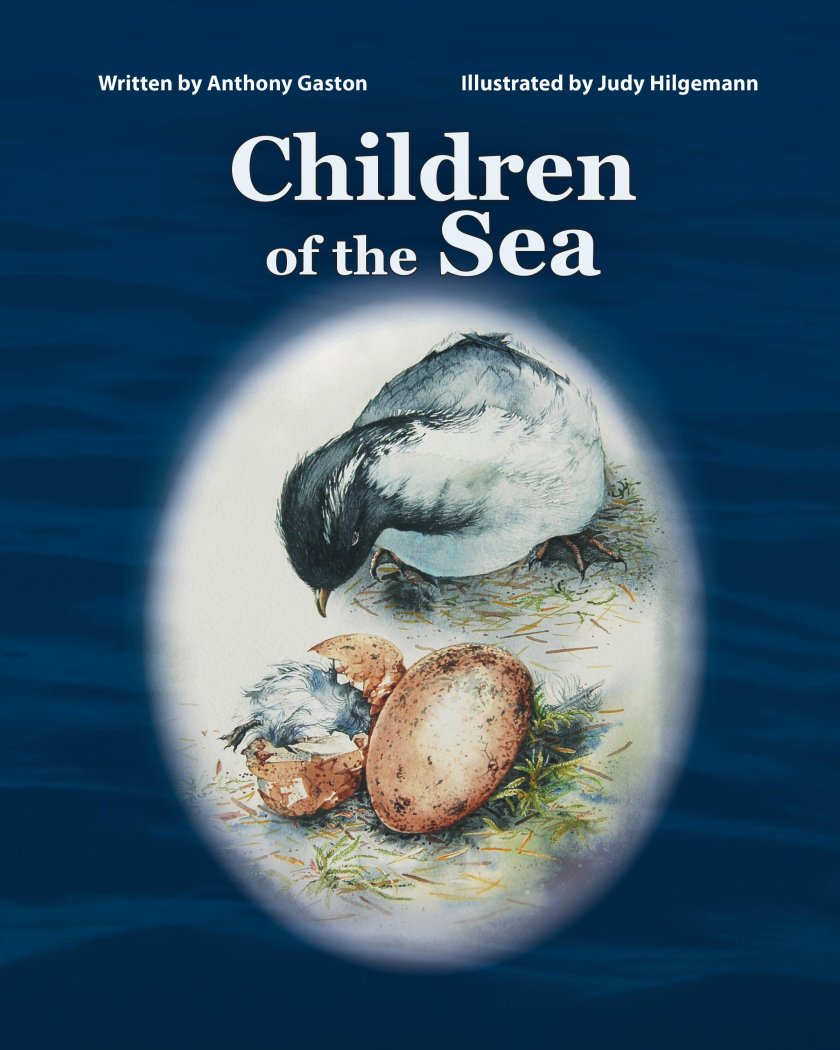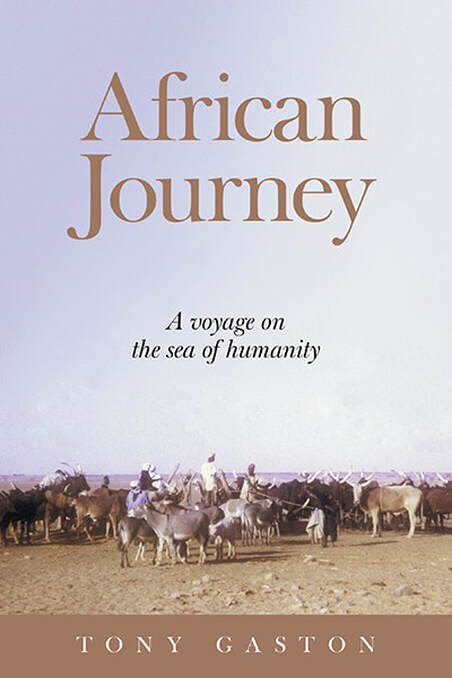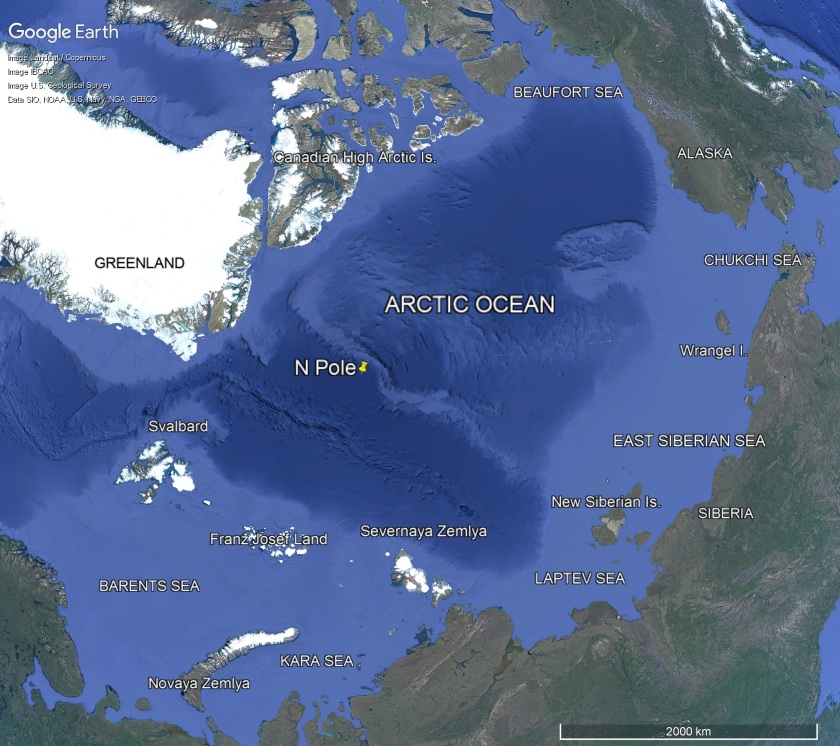FREEDOM IS… THE THREEFOLD PATH
The exile, the orphan, the man with no child
The knowledge to cope with the tame and the wild
No fish to feed, no plants to water
No dog to walk, no plans to alter
No money owed, no rent to pay
Happy to leave and happy to stay
Closing the door without turning the lock
Awaiting the train without watching the clock
Spending your cash without guilt or regret
Losing the game without getting upset
A strong stomach, a strong back
A light foot and a light pack
Earning more than you make
Giving more than you take
Admitting whenever you made a mistake
Knowing how to distinguish the real from the fake
Saying only what you know to be true
And saying it only if you have to
Indifferent to the opinion of those you don’t admire
Untroubled by ambition to which you must aspire
No television interview, no press release
No record with the cops, or with the Ministry of Peace
No public face, either for infamy or fame
None held in awe and none in disdain
Sharp tools, well-practised, carried in the head
An obstinate refusal to lead or be led
Knowing that someday each truth will be disproved
And watching it happen, and staying unmoved
Constantly questioning the threefold path —
Solvency, silence, sincerity.
AJG, 1985






